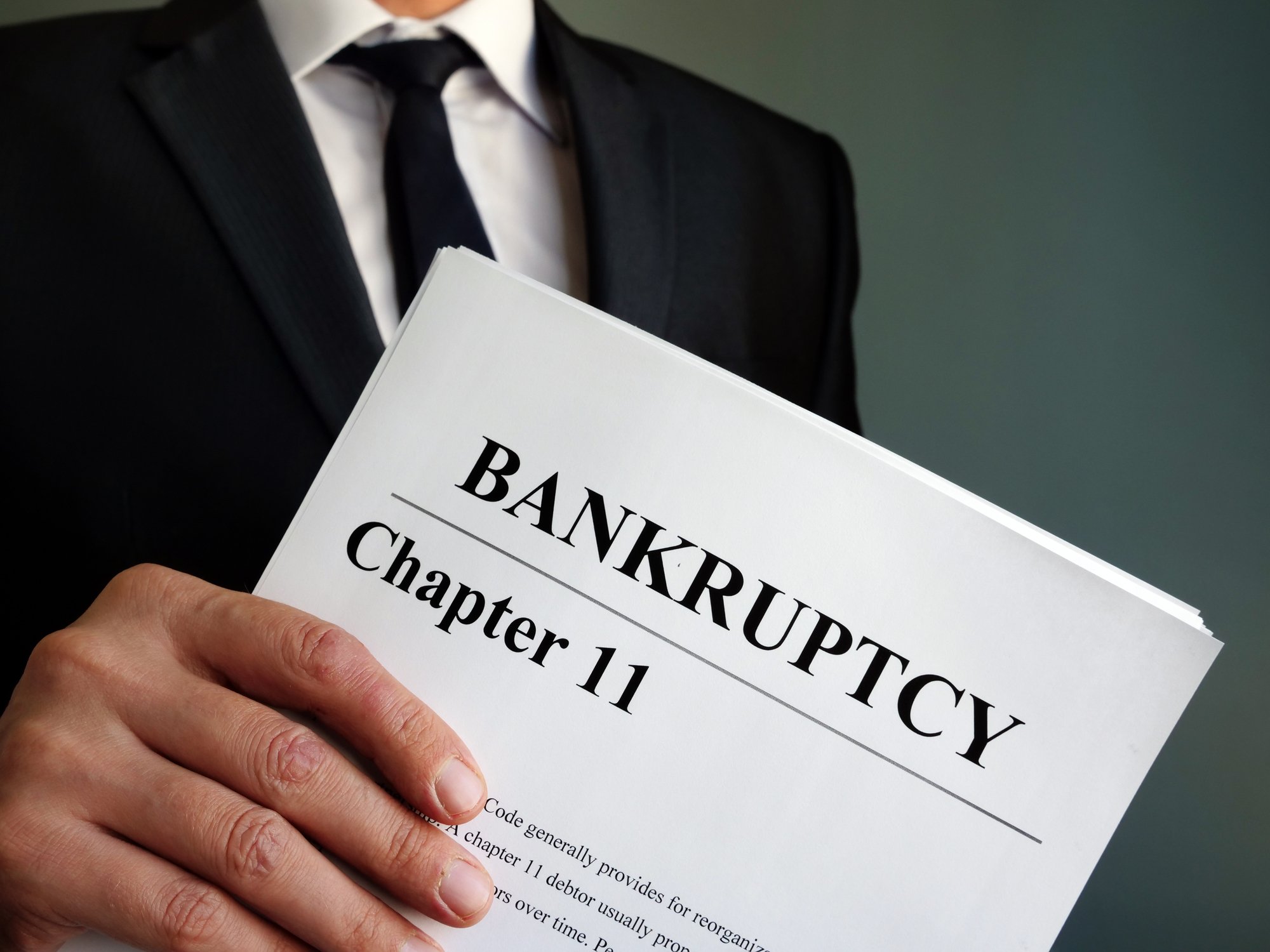What happened
Shares of U.S. energy company Oasis Petroleum (OAS +0.00%) fell as much as 16% in early trading on Wednesday. Peers Callon Petroleum (CPE +0.00%) and Centennial Resource Development (CDEV +0.33%) went along for the ride, each dropping roughly 10% as investors got to work for the day.
Although all three pulled back from those lows, by 10:30 a.m. EDT today, the losses were still sizable. Oasis was still lower by about 12%, with Callon and Centennial each down roughly 6%.

Image source: Getty Images.
The proximate cause for these declines appears to be oil prices, but it's the bigger picture that investors really need to worry about.
So what
The West Texas Intermediate (WTI) crude price, the benchmark for U.S. oil, fell. That dragged the shares of the U.S. drillers listed here lower along with it. Concerns about a flare-up in the number of domestic COVID-19 cases had investors in a jittery mood, notably about the strength of the economy. The big concern appears to be that the reopening after the long and broad-based shutdown that pushed the country into a recession may not go as smoothly as hoped.
If so, then the recovery will be slow, and demand for energy will be weak. Since oil and natural gas are already dealing with a painful supply/demand imbalance (which actually pushed oil prices to zero at one point earlier in the year), a drawn-out, halting economic rebound would not be good for the energy industry.
With that as a backdrop, the fact that Oasis, Callon, and Centennial all saw their prices drop along with oil and economic concerns makes sense. But there's more to this story.
For example, all have extremely leveraged balance sheets. To put some numbers on that, Oasis' financial debt-to-equity ratio was 9.7 times at the end of the first quarter. Centennial's was roughly 13.5, and Callon's was just shy of 15. As a comparison point, Chevron, which has a sizable presence in the onshore U.S. space, had a financial debt-to-equity ratio of just 0.25 times at the end of the first quarter. Obviously, industry giant Chevron operates with a very different business model, but the leverage disparity here is huge:
OAS Financial Debt to Equity (Quarterly) data by YCharts.
To be fair, the oil downturn and broad energy-sector stock declines have exacerbated the leverage issues for this trio. However, an overreliance on debt was a problem before things went bad. The difficult energy market simply turned what could have been difficult-to-deal-with leverage issues into potentially untenable ones. Thus, investor mood shifts can have an outsize impact on Oasis, Callon, and Centennial, as investors alternate between believing the trio will muddle through the industry downturn, and fearing that they won't even manage that fairly modest goal.
Now what
Frighteningly (these days), the large price moves in early trading today are pretty tame for these three exploration and production names. Over the past month, Centennial's stock rallied more than 100%, Callon's shares gained more than 200%, and Oasis' stock jumped more than 300%!
All three have given up most of those gains at this point, with the real takeaway here being that sentiment-driven volatility is pushing these stocks around in an extreme fashion. That's not likely to change in the near term.
Only aggressive investors with very strong stomachs should be looking at these leveraged oil drillers. Until there's a sustained oil price recovery, which does not yet seem to be in the cards, there are material risks here.








